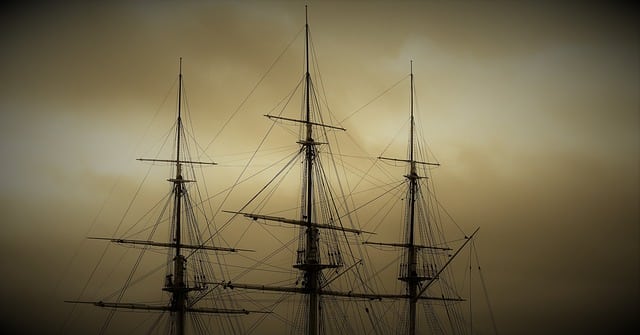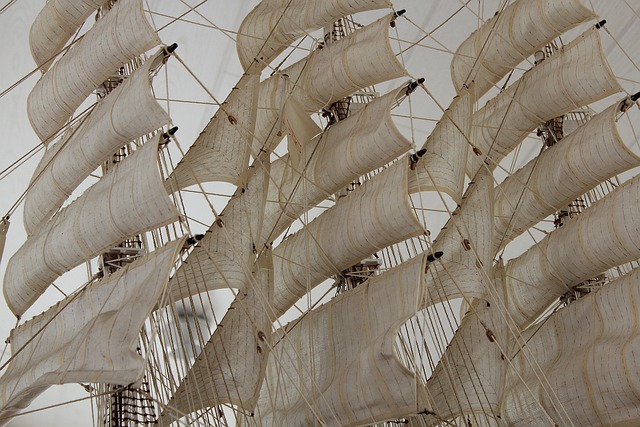
The set of masts and yards of a ship is called its "masts."
The idea of rigging is used in the field of the navy . The term refers to the yards and masts of a boat.
ship rigging
The rigging is generally associated with the rigging : the set of yards, sails, rigging and masts or masts of a ship . As can be seen, in a strict sense the rig contains the rigging.
The weight of the rig is supported mainly by the masts , which are large vertical poles. The yards, meanwhile, are the transverse masts that provide support for the sails. As we indicated above, the masts and yards constitute the rigging. If we take into account the rest of the elements that make up the rig, we also find the aforementioned sails and the rigging (which are the ropes and ropes).
The types of rigging and rigging changed over the years. The characteristics of both also allow us to differentiate between the various existing classes of sailing vessels.
Among the rigs with single mast rigging are the following: Marconi Sloop (split or top), Marconi Cutter and Auric Cutter . Some of those with two suits are: Yawl Marconi, Ketch Marconi, Schooner Marconi , Auric Ketch and Auric Schooner .
wind power
It is important to note that, thanks to the mast, the boat can take advantage of the wind to propel itself. The wind force is transmitted to the sails and the rigging assembly is responsible for transferring the impulse to the hull.
For this reason, in sailing ships, the rigging is an essential structure. Although currently it is most common for the ship to have an auxiliary engine, in ancient times sails were the only means of propulsion, making the mast even more relevant.
Rigging components
Since it is mainly the set of masts and yards that is associated with the concept of rigging, let's see more details about these components below. Let's start with the most complex, the masts. These are large sticks, oriented vertically and placed on the body and deck of the boat. They must support much of the weight of the rig. For obvious reasons, larger ships usually have more masts.
The masts are attached to the sides of the ship by means of so-called rigging , a group of cables and ropes that are used to tie nautical elements. This makes them more stable and able to withstand lateral forces. Some of the types of masts that can be added to the fundamentals are the following:
* foremast : it is closer to the bow than the main or main one;
* mizzen : located at the rear, closest to the stern;
* countermizzen : in boats with four vertical masts, this is what the second towards the rear was called, that is, the one that followed the mizzen mast starting with the largest;

Thanks to the masts, boats without a motor can take advantage of the force of the wind.
* bowsprit : the only one that is not oriented vertically. Its degree with respect to the roof has a minimum of 15 and a maximum of 45 degrees. It is used to set the jib sails, which have a triangular shape. Throughout the 18th century, its size came to approximate that of a foremast.
The other element of the rigging is the yards, poles that are inserted transversely into the masts. The function of the yards is to support the square sails, which are attached to them either by their top or by their base. Furthermore, these are the poles on which the sails are raised , and thanks to their existence, deploying them is a quick process.
